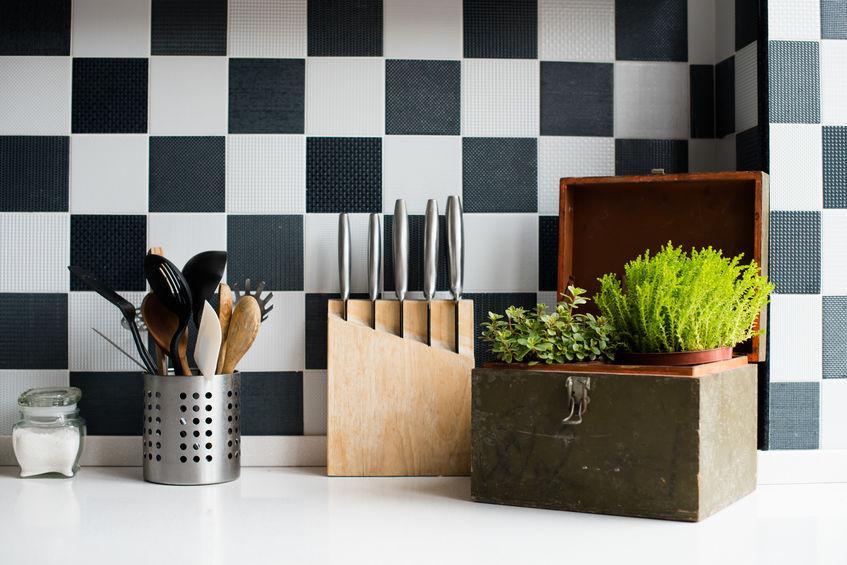
Quality kitchen utensils make it easier and more enjoyable to prepare great meals for your family.
While cookware should always be functional and reliable, it should also be safe.
In recent years, there has been some controversy surrounding different materials used for cooking utensils.
Silicone, which is incredibly popular today, has been called unstable by some critics, because of its tendency to deform at high temperatures.
Even wooden utensils have been criticized because they can harbor germs when not properly maintained.
If you’re asking what are the safest cooking utensils, this is the right guide for you.
How Safe is Silicone for Cooking Utensils?
Silicone is an inert material that won’t flavor, color, or otherwise affect the food that you cook. It’s popular because it is affordable and it’s ideal for non-stick cookware.
However, silicone does melt when it reaches a certain temperature.
The good news for you is that silicone will never melt at typical cooking temperatures.
Every quality set of silicone utensils will resist heat up to 400°F.
Some sets can go even higher.
Even beyond that temperature, the silicone won’t melt, it will simply start to degrade and deform.
Silicone is perfectly safe for cooking, which is why it is approved by regulators in the United States and other nations.
Compared to plastic which can melt quickly and easily, silicone is your best option if you want semi-flexible utensils, especially for baking.
- Consider this Premium Silicone Kitchen Utensil Set. It resists heat up to 600°F, making it one of the market’s most resilient silicone utensil sets.
Are Wooden Utensils Safe for Cooking?

Wooden utensils are also suited to non-stick cookware.
Unlike silicone, wood won’t degrade with heat, but it can discolor at high temperatures.
The only real risk of using wooden utensils is that damage can cause bacteria buildup.
Without properly maintaining wooden utensils, cracks and other forms of surface damage can develop.
Pathogens can then start to colonize the material, and may contaminate your food.
This can be avoided by regularly cleaning wooden utensils with mild detergent and keeping them out of the dishwasher (even when they are marketed as dishwasher-safe).
You’ll also need to use a food-safe oil to keep wooden utensils from drying out and cracking or chipping.
This Oil Wood Conditioner is ideal for utensils and cutting boards.
- Try these Wooden Kitchen Utensils. They look great, are premium quality, and are ideal for serving or cooking on non-stick surfaces.
The Safest Cooking Utensils are Stainless Steel
If we get purely technical, stainless steel is used to make the safest cooking utensils.
Stainless steel is inert, it can be easily sterilized, and there’s a low risk of bacteria developing on the surface.
Stainless steel will never melt, it resits rust, and it won’t take on odors or colors from food.
The downside to stainless steel is that it can’t be used on most non-stick cookware.
If you have stainless steel or high-carbon steel pots and pans, it’s recommended that you cook with stainless steel utensils.
- This Stainless Steel Kitchen Utensil Set is of premium quality, reasonably priced, and safe for all foods.
Have Confidence with the Safest Cooking Utensils

Nylon and plastic cooking utensils should be avoided around heat sources.
Wood, silicone, and stainless steel are all considered to be the safest cooking utensils.
Stainless steel is considered by many to be the best overall because it doesn’t come with the same caveats as wood or silicone.
You can choose any materials and be confident knowing they’re safe.
Just be sure to keep your utensils clean, avoid extreme heat with silicone, and follow all manufacturer instructions when preparing your favorite recipes.

